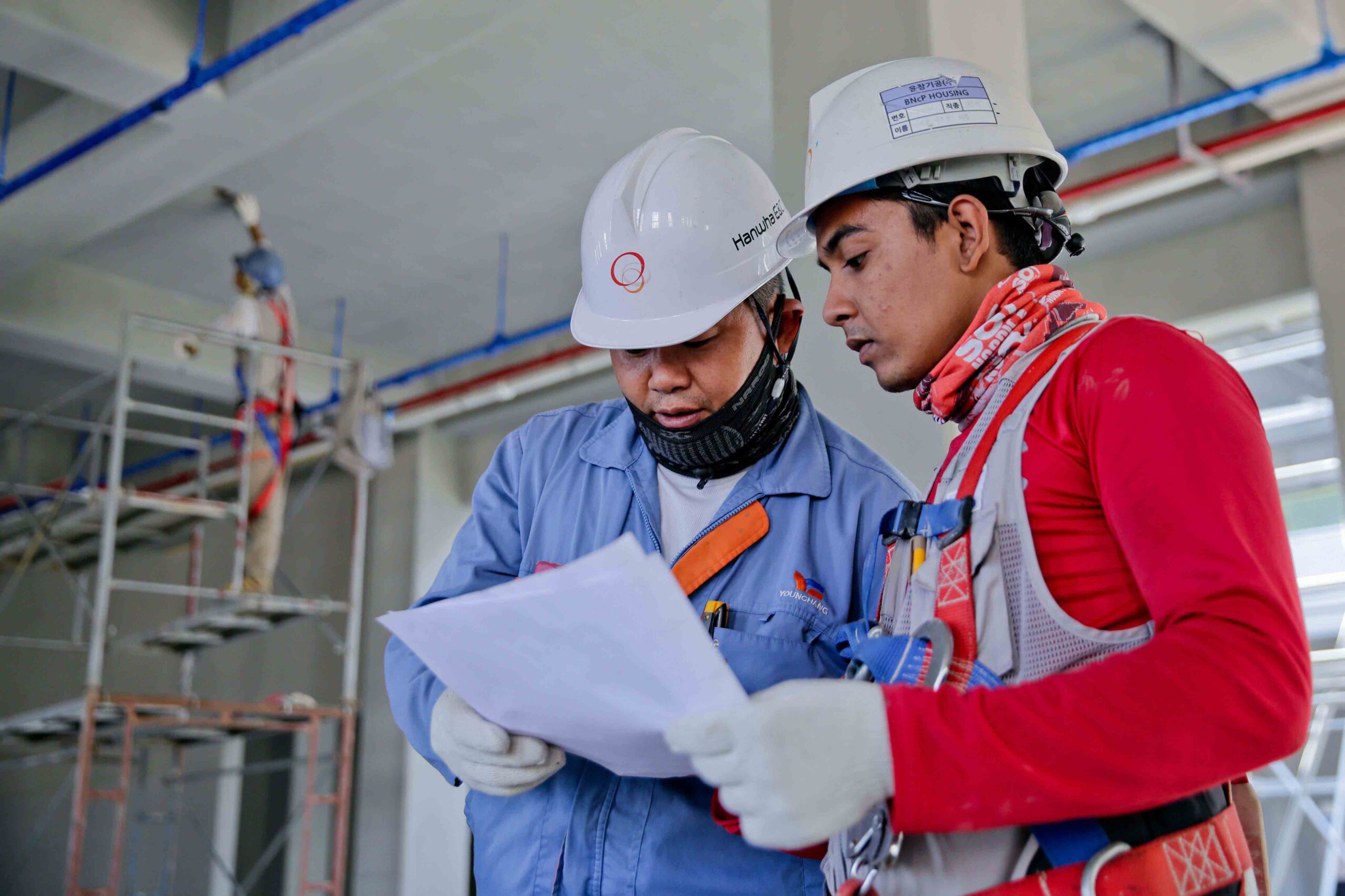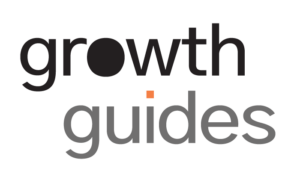WHY GREAT TEAMS FAIL:
THE HIDDEN DANGER OF STATIC TEAM MODELS THE ILLUSION OF THE “PERFECT TEAM”
THE HIDDEN DANGER OF STATIC TEAM MODELS THE ILLUSION OF THE “PERFECT TEAM”
Every founder, manager, or investor dreams of assembling the perfect team—a team that can take a startup from idea to scale, adapt to every challenge, and remain successful indef







